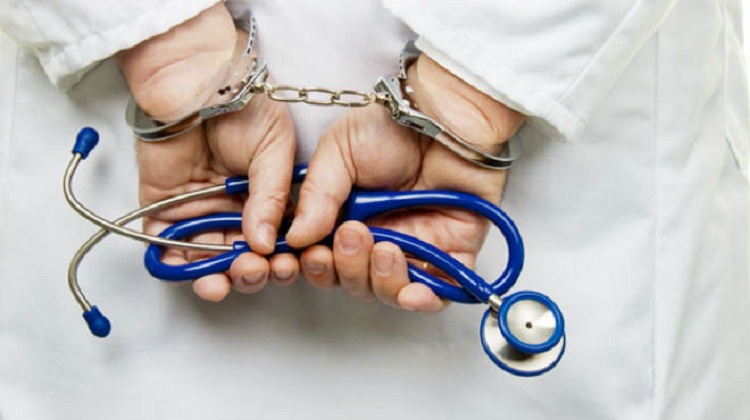
Types of Medical Malpractice
There are many different types of medical malpractice. Failure-to-treat situations occur when a doctor fails to treat all patients with a basic standard of care. This may include releasing patients too early, failing to provide follow-up care, or failing to refer patients to specialists.
Misdiagnosis
Misdiagnosis occurs when a doctor fails to recognize a patient’s symptoms, order necessary follow-up tests or procedures, or properly diagnose a disease. These mistakes often cause substantial harm or even death. In addition, failing to diagnose a disease can result in unnecessary treatments or surgical procedures that exacerbate the patient’s symptoms.
As observed on www.barruslaw.com, many medical malpractice lawsuits arise because of failure to diagnose a potentially life-threatening condition. Patients expect their doctors to take their symptoms seriously and take all necessary steps to diagnose a health condition.
Surgical Errors
Medical errors can occur in many ways and cause serious patient damage. Because of the severity of these mistakes, medical providers should be held accountable for their care and any damage they cause. For example, surgical errors are one of the most common types of medical malpractice and affect tens of thousands of patients yearly. The most common mistake is operating on the wrong body part. This type of mistake is also known as a “wrong site” error and occurs between 1,300 and 2,700 times a year. These mistakes can leave the patient with lifelong complications. Surgical errors can also result from improperly sanitized instruments and equipment. These errors can cause infection and result in lifelong pain and disability.
Hospital-Acquired Infections
Hospital-acquired infections (HAI) occur in a healthcare facility and are caused by bacteria, fungi, viruses, and other pathogens. These infections can occur during inpatient or outpatient procedures. Sometimes, these infections are passed directly from one person to another, such as during surgery. As a result, hospital-acquired infections account for many medical malpractice claims. In addition to compensating the patient for the infection, these claims compensate the plaintiff for additional medical expenses. In addition, infections can be difficult to prove because a hospital employee or doctor may not have been at fault for the infection.
Prescription Drug Errors
These errors can cause serious harm, and they are extremely costly. According to the Academy of Managed Care Pharmacy, approximately 1.5 million Americans yearly experience medication errors. These errors cost the American health system more than $40 billion annually, resulting in injuries, illnesses, and death.
The first step in proving a prescription drug error is determining whether the prescription is correct. This can be difficult because many drugs have confusing names. For example, 15 percent of reported medication errors have similar sounding names. This is especially problematic for drugs that are high alert and may cause harm to patients.
Hospital Overcrowding
Hospital overcrowding can lead to several mistakes, including wrong medication, testing, and even incorrect reading of test results. If you or someone you love has been injured in such a situation, you may be eligible for compensation. In addition, injured patients can file a medical malpractice lawsuit to get the compensation they deserve.
Emergency rooms are often overcrowded with patients, so doctors cannot always diagnose a patient. This delay can worsen a serious illness or even result in death. As a result, hospitals have a duty to staff the emergency room adequately, and they should have a triage system to ensure that every patient is properly seen.




